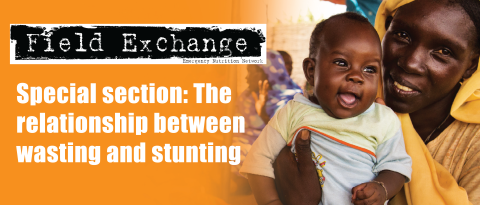Growth monitoring and mortality risk in low-birthweight infants
Mwangome M, Ngari M, Bahwere P, Kabore P, McGrath M, Berkley J. (2021). Growth monitoring and mortality risk in low birthweight infants: a birth cohort study in Burkina Faso [version 2; peer review: 1 approved, 1 approved with reservations]. Gates Open Research, 5,82. https://gatesopenresearch.org/articles/5-82/v2
Research snapshot
Wasting and underweight in infancy is an increasingly recognised problem. However, there is a lack of consensus on how best to identify infants with the highest risk of mortality. In particular, there is uncertainty on interpreting anthropometry among low birth weight (LBW) infants who may be growing ‘normally’.
This secondary data analysis examined the growth of infants from birth to two (the age of vaccination) and six months of age. Furthermore, the study investigated the overall risk of mortality among LBW infants and whether, among infants underweight at two and six months of age, LBW infants were associated with a lower risk of mortality than normal birth weight (NBW) infants. The study used data collected in 2004 from a birth cohort of 1,103 infants in Burkina Faso. The study used this dataset as it contains follow-up data of an untreated infant cohort that would now be challenging to generate. Anthropometry was performed monthly from zero to 12 months of age. The study assessed associations with mortality using Cox proportional hazards models and assessed discriminatory values using the area under receiver operating characteristics curves.
Of the 1,103 infants, 21% were born LBW. Overall, 7.8% of all children died before their first birthday and 30% and 59% of these children died within two and six months of life, respectively. At two months of age, assessing weight gain since birth did not better discriminate mortality risk than a single anthropometric measure at the point of vaccination using weight-for-age (WAZ), height-for-age or mid-upper arm circumference (MUAC). These anthropometric measures were better predictors of mortality risk than weight-for length. LBW was associated with an increased risk of death during the first year of life. LBW infants were also persistently more underweight during the first year of life. Among underweight infants at two and six months of age, LBW infants were not at a reduced risk of death compared to NBW infants.
Infants identified as underweight, irrespective of birth weight, are at increased risk of death and should receive targeted support. Using a MUAC cut-off of <11.0cm and WAZ<-3 when applied at two months (vaccination point) will effectively identify infants with a high risk of subsequent mortality. To reduce the risk of death among infants, research should focus on interventions to prevent LBW and on effective, comprehensive interventions to reduce mortality risks, such as the Management of At risk Mothers and Infants (MAMI) care pathway approach.


